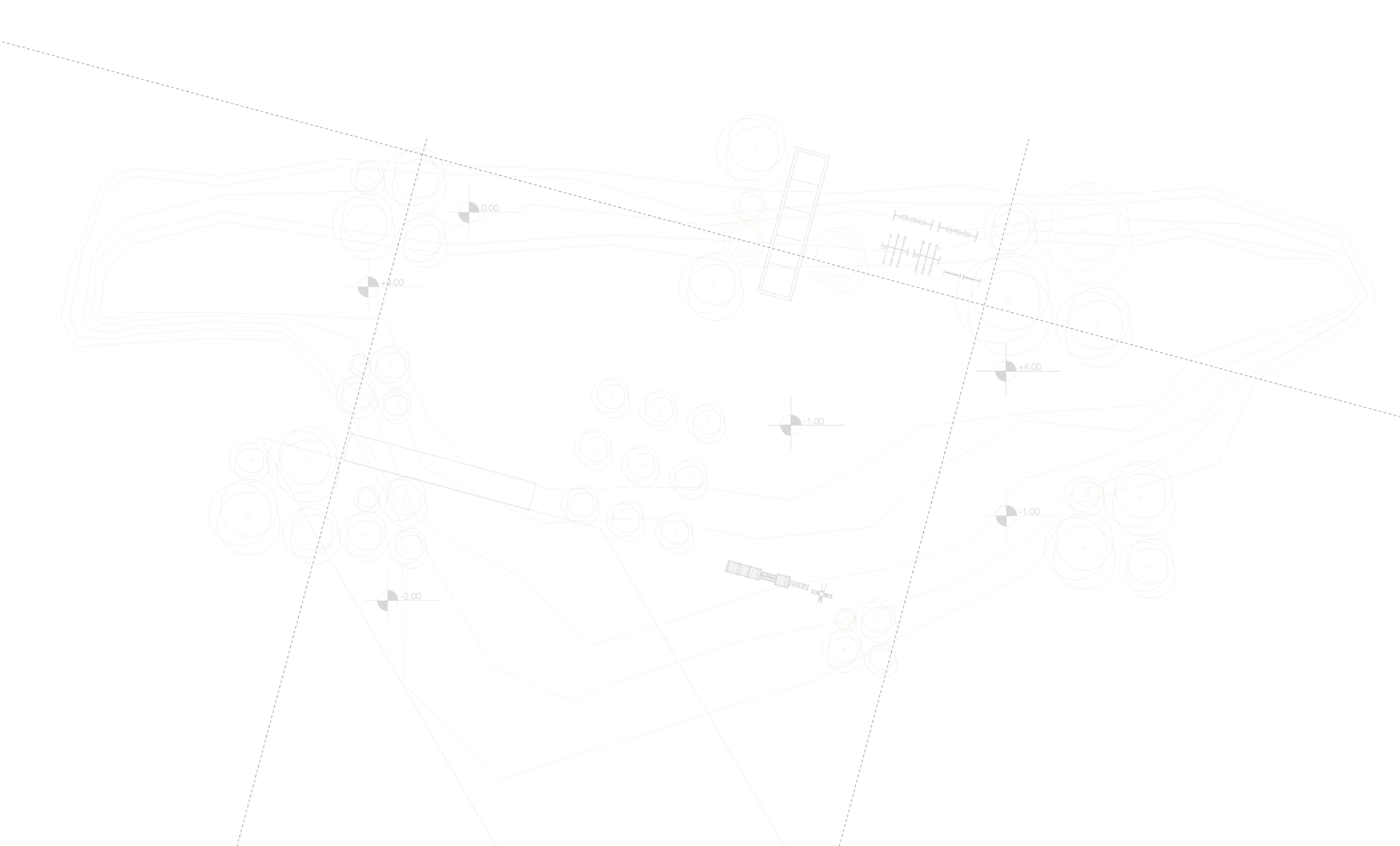Planning for Growth: Designing Landscapes That Get Better Over Time
- Red Oak

- Apr 26
- 2 min read

A well-designed landscape is more than just a collection of plants and materials; it is a living system that evolves, matures, and improves as time passes. Successful landscape design accounts not only for how a space will look at installation, but also how it will develop over years and decades.
Planning for growth is a fundamental principle of landscape architecture. It ensures that as plants mature and structures age, the landscape becomes more beautiful, functional, and valuable rather than overgrown or dysfunctional.
1. Understanding Plant Growth Rates and Mature Sizes
One of the most common mistakes in landscape design is planting too densely at the outset without considering the mature size of trees, shrubs, and perennials. Professional designs carefully space plants based on how large they will eventually become, not just how they look at the time of planting.
Allowing appropriate room for growth prevents overcrowding, reduces future maintenance, and gives each plant the space it needs to thrive.
2. Layering and Succession Planting
A dynamic landscape includes multiple layers of vegetation — canopy trees, understory trees, shrubs, groundcovers, and seasonal flowers. Proper layering creates visual interest immediately while allowing for seasonal changes and succession planting over time.
Succession planning, such as designing with short-lived plants that can be replaced with slower-growing specimens later, ensures that the landscape remains vibrant and balanced through different stages of maturity.
3. Anticipating Changes in Light and Shade
As trees and large shrubs grow, they cast more shade on the surrounding landscape. Planning for this natural shift is critical. Areas that are sunny at installation may become partly shaded or fully shaded in the future, requiring different plant selections over time.
Designs that anticipate evolving light conditions can guide clients in modifying plant palettes gradually, helping the landscape adjust gracefully to its changing environment.
4. Designing Flexible Use Areas
Hardscape features such as patios, walkways, and seating areas should be designed with flexibility in mind. A patio sized appropriately for a young family today might need to accommodate larger gatherings in the future. Paths should be routed to avoid interference with expanding root systems and growing plants.
Well-planned use areas allow a landscape to serve changing needs without major renovations.
5. Choosing Materials That Age Gracefully
The selection of construction materials — stone, wood, metals, and composites — impacts how the landscape will look as it weathers. High-quality natural materials tend to develop character over time rather than simply deteriorating. Thoughtful choices ensure that structures like walls, fences, and pergolas become richer and more attractive as they age.
A landscape designed with growth in mind becomes more than just a static installation — it transforms into a dynamic, living environment that gains beauty, function, and meaning over time. Thoughtful planning at the outset ensures that each stage of a landscape’s life reveals new strengths and rewards, offering lasting enjoyment for generations to come.





Comments